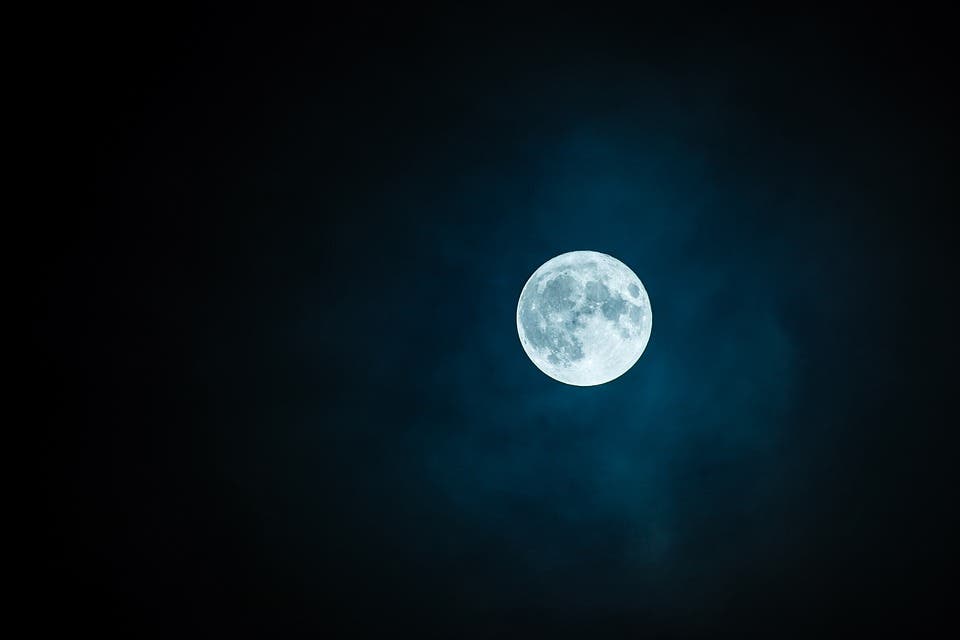I think we have some of those down here already!

The ESA just signed a one-year contract with Europe’s largest launch services provider, ArianeGroup, to study the feasibility of mining on the moon. Should everything go according to plan, ESA wants to launch the mission by 2025, the Popular Mechanics reports.
Moondust
The mission would focus on the lunar regolith, the dust-like soil covering our moon. It’s not exactly what we’d call ‘soil’ back here — on Earth, soils contain quite a lot of organic matter. Regolith, however, does contain molecular oxygen and water. It’s also quite rich in helium-3 isotopes, which “could provide safer nuclear energy in a fusion reactor, since it is not radioactive and would not produce dangerous waste products,” according to the ESA.
[This study is] “an opportunity to recall the ability of Ariane 64 to carry out Moon missions for its institutional customers, with a payload capacity of up to 8.5 metric tons,” says André-Hubert Roussel, CEO of ArianeGroup.
“In this year, marking the fiftieth anniversary of Man’s first steps on the Moon, ArianeGroup will thus support all current and future European projects, in line with its mission to guarantee independent, sovereign access to space for Europe.”
The mission would launch on an Ariane 64 rocket. The vehicle is still in the works and is a variation of the company’s Ariane 6 rocket with an extra four strap-on boosters. Berlin-based PTScientists, a former Google Lunar XPrize competitor, will also be involved in the study. ArianeGroup will handle the rocket and PTScientists will design and build the lander to actually touch-down on the moon.
“We are very pleased with the confidence placed in us by the European Space Agency,” said Robert Boehme, CEO and founder of PTScientists, in a press statement.
While the mission is being evaluated and the hardware is being set-up, ESA spacewalk instructor Hervé Stevenin and ESA astronaut Matthias Maurer are working together with geologists and engineers to simulate a lunar spacewalk in the desolate volcanic area of Lanzarote, Spain as part of Pangaea-X. This is a test campaign that set up by ESA to pool together expertise on space exploration, high-tech survey equipment, and geology meant to train the crewmembers of this future mission.
Spacesuits are bulky, uncomfortable things. They also limit an astronaut’s range of motions by quite a large margin. You can’t kneel down or bend over in a pressurized suit in space, the gloves make it hard to handle anything, arm movement is restricted by the suit’s articulated joints, and the helmet limits the field of view. The astronauts training with Hervé are testing operation concepts and equipment prototypes designed to take into account this limited range of movement they’ll experience in a suit. Their current training will make them feel at ease once they set foot on the moon.
“We do not have a lunar spacesuit for these tests, but after spending many hours training with NASA’s spacesuits we are accustomed to the limitations of mobility. We applied this knowledge – and our body memory – to testing the lunar tools,” says Hervé.
The spacewalkers’ gear was outfitted with video cameras that transmitted live feeds to the scientists. Wide angle videos, 360 panoramas, close-ups, and microscopic images were sent to the ‘spacewalk coordinator’ and other scientists monitoring the simulated mission from mission control.
“The next generation of lunar explorers will be trained in relevant scientific disciplines, but there will always be more expertise on Earth,” says Samuel Payler, research fellow at the European Astronaut Centre in Cologne, Germany.
“The challenge is to have this expertise transmitted to the astronauts during a moonwalk to make the best decisions based on science. Sharing data in real time, including images and video, is an essential part of this.”


